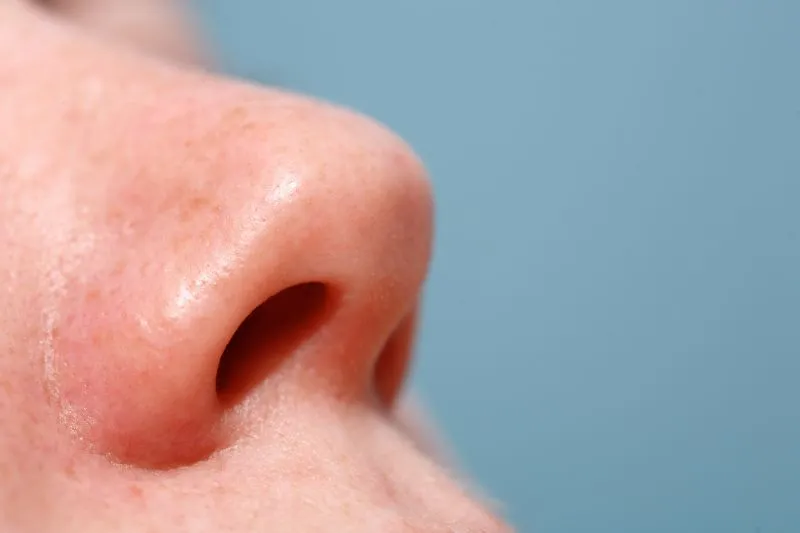Microplastics and Their Alarming Presence in Human Brain Tissue

Microplastics: A Growing Health Concern
Recent research highlights that microplastics can enter the human body, with new findings indicating their presence in nose tissue at the base of the brain. This shocking discovery unveils the possibility of these tiny plastic remnants affecting various bodily functions.
The Study's Findings
- Microplastics detected in the olfactory bulb of human cadavers.
- Particles range from 5.5 micrometers to 26.4 micrometers in size.
- Potential health risks include interference with brain functions.
Researchers highlight that the small size of microplastics may allow them to bypass protective barriers, raising urgent questions about exposure risks. Increasing amounts of plastic debris in human tissues, including vital organs, indicate a serious public health concern that must be addressed.
Mitigating Exposure to Microplastics
Reducing plastic use is crucial. Recommendations include using glass or stainless steel to store food and avoiding microwaving food in plastic. Awareness and active reduction of plastic footprint can help decrease phthalates and other harmful chemicals linked to health issues.
Disclaimer: The information provided on this site is for informational purposes only and is not intended as medical advice. We are not responsible for any actions taken based on the content of this site. Always consult a qualified healthcare provider for medical advice, diagnosis, and treatment. We source our news from reputable sources and provide links to the original articles. We do not endorse or assume responsibility for the accuracy of the information contained in external sources.
This article was prepared using information from open sources in accordance with the principles of Ethical Policy. The editorial team is not responsible for absolute accuracy, as it relies on data from the sources referenced.